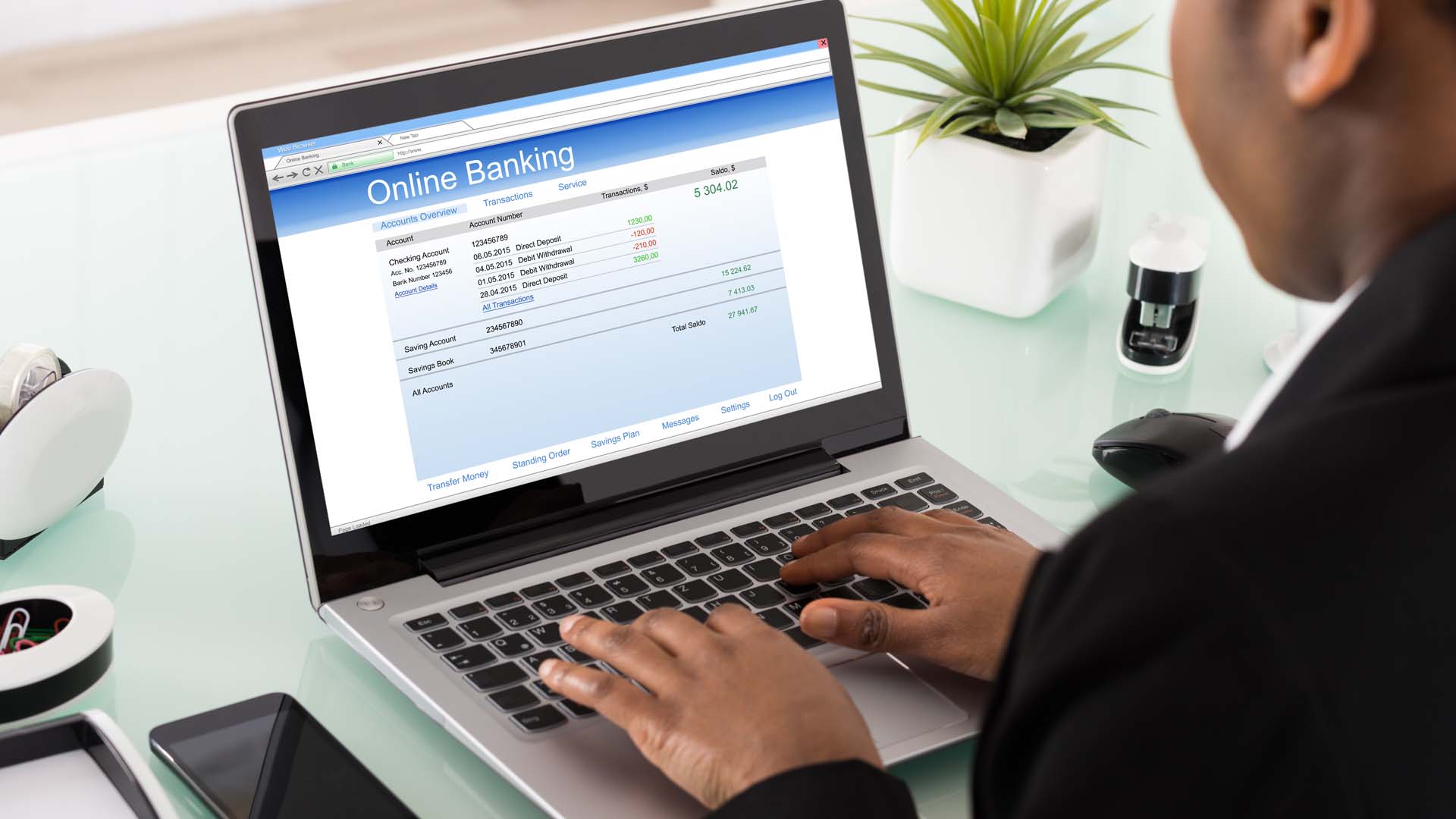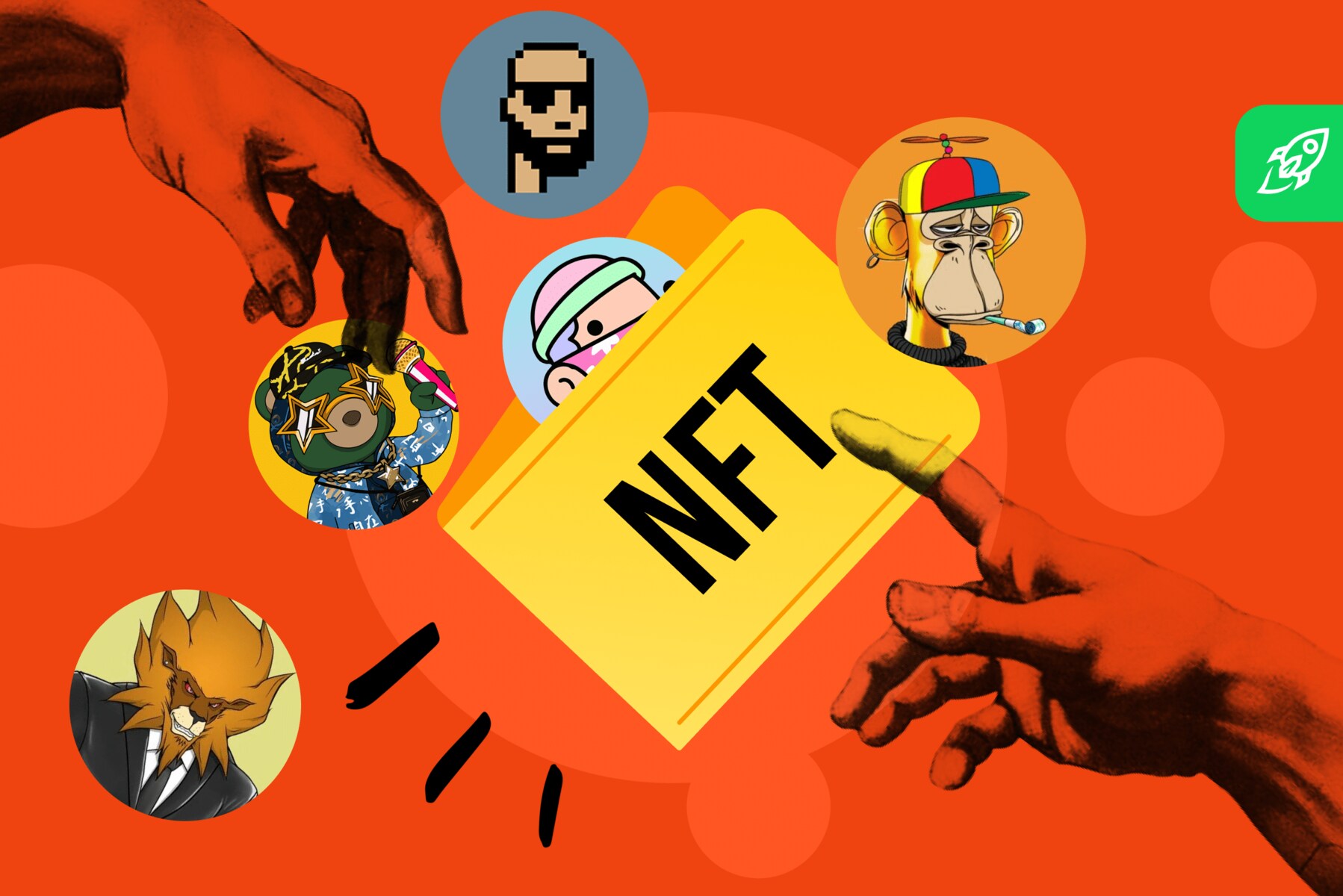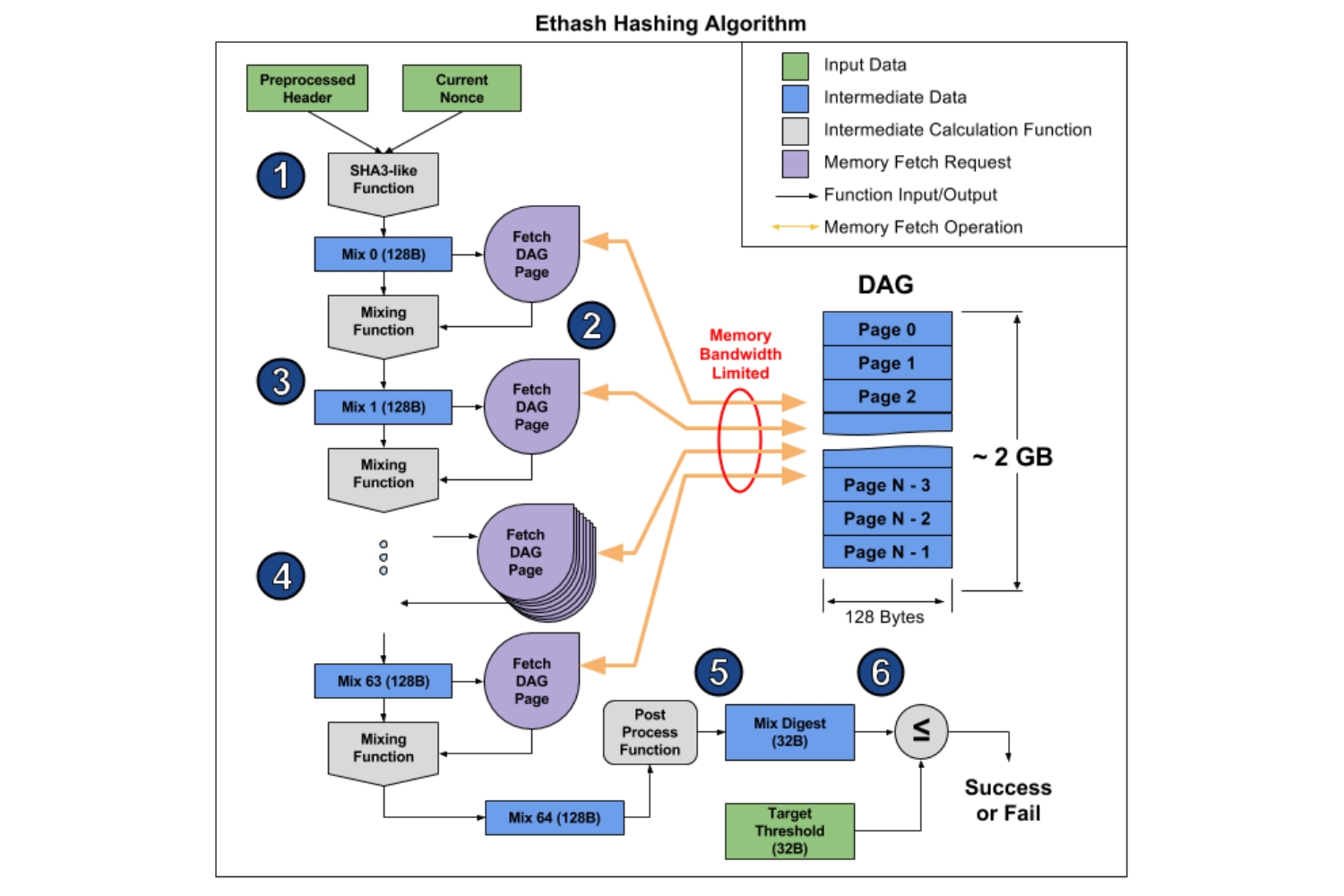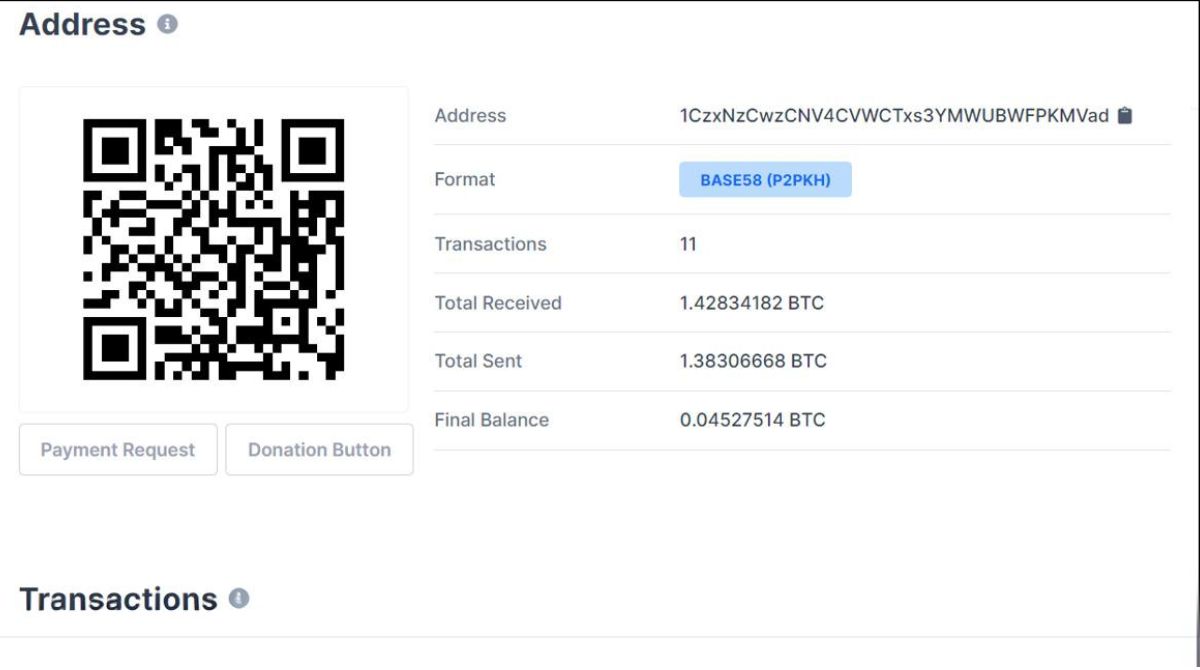Introduction
Welcome to the world of fintech security! As the financial industry continues to evolve and embrace digital innovation, ensuring the security of financial technology platforms has become a critical aspect of its success. From online banking to mobile payment apps, fintech has revolutionized the way we manage our finances, but it has also introduced new risks and vulnerabilities.
In this article, we will explore the concept of fintech security, its importance, and the measures taken to protect user data and financial transactions. We will delve into the common security risks faced by fintech companies and examine the cybersecurity measures they employ to mitigate these risks. Additionally, we will discuss the regulatory framework surrounding fintech security and provide best practices for fintech companies to follow.
Fintech, short for financial technology, refers to the use of software and digital platforms to deliver financial services and products to customers. It encompasses various areas such as online banking, peer-to-peer lending, robo-advisors, and cryptocurrency. The rapid growth of fintech has provided convenience and accessibility to millions of individuals and businesses, but it has also attracted cybercriminals looking to exploit vulnerabilities in these systems.
As more financial transactions are conducted online and through mobile devices, the need for robust security measures has become paramount. Protecting user information, securing financial transactions, and safeguarding against unauthorized access are critical components of fintech security.
By implementing stringent security measures, fintech companies can build trust with their customers and maintain the integrity of their platforms. This article will equip you with the necessary knowledge to understand the challenges and solutions associated with fintech security, enabling you to make informed decisions when engaging with fintech services or developing your own fintech product.
Fintech: Explained
Fintech, the fusion of finance and technology, is revolutionizing the way financial services are delivered and accessed. It encompasses a wide range of innovative technologies and platforms that provide efficient and convenient solutions for various financial needs. From mobile banking apps to investment platforms, fintech has disrupted traditional financial institutions and empowered individuals and businesses with new possibilities.
One of the key features of fintech is its focus on improving the user experience and accessibility of financial services. Traditional banking often involved lengthy paperwork, long queues, and limited access to services outside of banking hours. Fintech companies have addressed these pain points by leveraging technology to create user-friendly interfaces, streamlined processes, and 24/7 access to financial services through smartphones and the internet.
With the advent of fintech, individuals can now easily manage their finances on the go. They can check their account balances, transfer funds, pay bills, and even invest in stocks or cryptocurrencies with just a few taps on their smartphones. Small businesses and startups can access loans and funding through online lending platforms, bypassing the traditional hurdles associated with securing financing.
Another significant aspect of fintech is its ability to provide financial services to underserved populations. In many developing countries, traditional banking services are often limited to urban areas, leaving rural communities with little access to formal financial services. Fintech companies have stepped in to bridge this gap by leveraging mobile technology to provide banking services to those who were previously excluded from the financial system.
Moreover, the rise of fintech has also introduced innovative financial products and services. Peer-to-peer lending platforms connect borrowers directly with lenders, cutting out the middleman and providing better interest rates for both parties. Robo-advisors use algorithms to provide personalized investment recommendations based on an individual’s financial goals and risk appetite. Cryptocurrencies and blockchain technology have the potential to revolutionize the way we transact and store value, offering decentralized and secure alternatives to traditional monetary systems.
Overall, fintech is reshaping the financial landscape by combining the power of technology with the world of finance. It is paving the way for more efficient, accessible, and inclusive financial services, empowering individuals and businesses to take control of their financial lives.
Why is Fintech Security Important?
Fintech security plays a pivotal role in ensuring the trust and reliability of financial technology platforms. As more financial transactions and sensitive information are digitized, the risk of cyber threats and financial fraud increases. Therefore, implementing robust security measures is of paramount importance for both fintech companies and their users.
One of the key reasons why fintech security is crucial is the protection of user data. Fintech platforms collect a vast amount of personal and financial information, including bank account details, social security numbers, and transaction history. This data is highly sought after by cybercriminals who can exploit it for identity theft or financial fraud. Failing to adequately protect user data can lead to devastating consequences for individuals, eroding their trust in the fintech provider and the broader financial system.
Moreover, fintech security is essential for safeguarding financial transactions. With the increasing popularity of mobile banking and online payments, ensuring the integrity and confidentiality of these transactions is critical. Any breach in security can result in unauthorized access to funds, fraudulent transactions, or even financial loss for users. Fintech companies need to employ robust encryption methods and secure authentication protocols to protect financial transactions and prevent unauthorized access.
Furthermore, fintech security is vital for maintaining the overall stability and reputation of the financial system. A major security breach in a fintech platform can have far-reaching consequences, impacting not only the affected company but also the trust and confidence of users in the entire industry. The fallout from such incidents can result in financial losses, regulatory scrutiny, and even legal action. By prioritizing security measures, fintech companies can mitigate these risks and ensure the stability of the financial ecosystem.
Another reason why fintech security is important is the compliance with regulatory requirements. Financial services are subject to various regulations to protect consumers and maintain the integrity of the financial system. Fintech companies must adhere to these regulations, such as Know Your Customer (KYC) and Anti-Money Laundering (AML) laws, to prevent fraud, money laundering, and other illicit activities. Failing to comply with these regulations can result in severe penalties and reputational damage for fintech companies.
Overall, fintech security is crucial for protecting user data, securing financial transactions, maintaining the stability of the financial system, and ensuring compliance with regulatory requirements. By prioritizing security measures and staying vigilant against emerging threats, fintech companies can build trust with their users and contribute to a safer and more resilient financial ecosystem.
Understanding Fintech Security
Fintech security involves the implementation of robust measures and protocols to protect financial technology platforms, user data, and financial transactions from cyber threats and unauthorized access. Understanding the key components of fintech security is crucial for both fintech companies and users to navigate the digital financial landscape safely.
One of the primary components of fintech security is encryption. Encryption is the process of encoding data to make it unreadable to unauthorized individuals. Fintech platforms employ encryption algorithms to secure sensitive information, such as passwords, financial data, and personal details. This ensures that even if a breach occurs, the encrypted data remains incomprehensible and unusable.
Secure authentication is another vital aspect of fintech security. Strong authentication methods, such as two-factor authentication (2FA) and biometric authentication, add an extra layer of security to verify the identity of users. This helps prevent unauthorized access to user accounts and reduces the risk of identity theft and fraudulent transactions.
Secure infrastructure is also critical for fintech security. Fintech companies need to have robust server infrastructure, firewalls, and intrusion detection systems in place to protect against external threats. Regular security audits and vulnerability assessments should be conducted to identify and mitigate any potential weaknesses in the system.
Additionally, fintech security includes measures to protect against internal threats. Companies must have stringent access control policies, ensuring that only authorized personnel have access to sensitive information and critical systems. Employee training and awareness programs are crucial to educate staff about security risks and best practices to prevent internal breaches.
Continuous monitoring and threat intelligence are essential components of fintech security. By employing real-time monitoring tools and leveraging threat intelligence services, fintech companies can detect and respond to security incidents promptly. This allows them to take proactive measures to mitigate risks and prevent further damage to the system.
The adoption of a proactive cybersecurity stance is vital for fintech security. This involves staying up to date with the latest security trends and emerging threats, and implementing measures to address them preemptively. Fintech companies should regularly update their software and systems, apply security patches, and conduct regular penetration testing to identify and rectify vulnerabilities before cybercriminals exploit them.
Lastly, ensuring transparency and communication with users is an important aspect of fintech security. Fintech companies should be transparent about their security practices, privacy policies, and how user data is handled. Clear and concise communication channels should be established to address any security concerns and provide support to users.
Understanding the key components of fintech security and the importance of each can help both fintech companies and users navigate the digital financial landscape safely. By implementing robust security measures, staying informed about emerging threats, and fostering a culture of security, the fintech industry can build trust and confidence among its users and continue to innovate in the digital financial space.
Common Fintech Security Risks
While fintech has revolutionized the financial industry, it has also introduced new security risks and vulnerabilities. Understanding these risks is crucial for fintech companies and users to effectively mitigate and manage potential threats. Here are some of the most common fintech security risks:
1. Data breaches: Fintech platforms collect and store vast amounts of sensitive user data, making them attractive targets for cybercriminals. Data breaches can result in the compromise of personal information, such as social security numbers, bank account details, and transaction history. This can lead to identity theft, financial fraud, and reputational damage for both the users and the fintech company.
2. Phishing and social engineering attacks: Phishing attacks involve tricking users into revealing confidential information, such as passwords or credit card details, by posing as legitimate entities. Social engineering attacks exploit human vulnerabilities to gain unauthorized access to financial systems. Fintech users must remain vigilant and practice caution to avoid falling victim to these types of attacks.
3. Weak authentication: Inadequate authentication methods, such as weak passwords or single-factor authentication, pose a significant security risk. Cybercriminals can easily guess or crack weak passwords, granting them unauthorized access to user accounts. Implementing strong authentication protocols, such as two-factor authentication or biometric authentication, is crucial to mitigate this risk.
4. Mobile device vulnerabilities: Mobile devices are now the primary means through which users access fintech platforms. However, they are also susceptible to various vulnerabilities, such as malware, insecure applications, and unsecured Wi-Fi networks. Cybercriminals can exploit these vulnerabilities to gain unauthorized access to user devices and steal sensitive information.
5. Insider threats: Internal employees pose a potential security risk to fintech companies. Malicious insiders can exploit their access privileges to compromise sensitive data or systems, or inadvertently expose the company to security breaches through negligence or human error. Implementing stringent access controls, conducting background checks on employees, and providing proper training and awareness programs can help mitigate the risk of insider threats.
6. Cryptocurrency vulnerabilities: Cryptocurrencies and blockchain-based technologies are gaining popularity in the fintech space. However, they come with their own set of security risks. Smart contract vulnerabilities, cryptojacking, and theft of private keys are some of the risks associated with cryptocurrencies. Fintech companies and users need to be aware of these risks and take appropriate measures to secure their cryptocurrency holdings.
7. Third-party risks: Fintech companies often rely on third-party service providers or APIs to enhance their offerings. However, these third parties can introduce security risks. Inadequate security practices by third-party providers can expose the fintech company and its users to potential breaches. Thorough due diligence and regular security audits of third-party vendors are essential to minimize this risk.
Understanding these common fintech security risks is vital for both fintech companies and users. By being aware of these risks, implementing robust security measures, and staying educated about emerging threats, the fintech industry can ensure the safety and integrity of its platforms, protect user data, and provide a secure financial experience for all.
Cybersecurity Measures for Fintech
With the increasing reliance on fintech platforms for financial transactions and data storage, implementing robust cybersecurity measures has become essential. Fintech companies must prioritize the protection of user data and prevent unauthorized access to their systems. Here are some key cybersecurity measures that can be implemented:
1. Strong encryption: Encryption is a fundamental cybersecurity measure that transforms data into an unreadable format, protecting it from unauthorized access. Fintech companies should employ strong encryption algorithms to secure user data, both in transit and at rest. This ensures that even if a breach occurs, the data remains unreadable and unusable to cybercriminals.
2. Secure authentication methods: Implementing strong authentication methods is crucial to verify the identity of users and prevent unauthorized access. Two-factor authentication, biometric authentication, and the use of hardware tokens or digital certificates can provide an additional layer of security. Fintech companies should educate their users about the importance of strong passwords and regularly prompt them to update their credentials.
3. Regular system updates and patches: Keeping all software, operating systems, and applications up to date is critical in maintaining a secure fintech platform. Software updates often include security patches that address vulnerabilities and protect against emerging threats. Fintech companies should establish a process for regularly checking for updates and promptly applying them to their systems.
4. Continuous monitoring and threat intelligence: Fintech companies should employ real-time monitoring tools and threat intelligence services to detect and respond to security incidents promptly. This enables them to identify any suspicious activities, and take immediate action to mitigate the threats. Continuous monitoring also allows for the early detection of emerging threats and the implementation of necessary preventive measures.
5. Secure coding practices: Fintech companies should adopt secure coding practices when developing their platforms and applications. This includes conducting regular code reviews, using secure coding frameworks, and implementing security testing throughout the development lifecycle. By following secure coding practices, companies can reduce the likelihood of vulnerabilities and mitigate the risk of cyber attacks.
6. Employee training and awareness: Human error and negligence can pose significant security risks for fintech companies. Regular training sessions should be conducted to educate employees about cybersecurity best practices and the potential risks they may encounter. Employees should be aware of phishing techniques, social engineering attacks, and the importance of maintaining the confidentiality and security of user data.
7. Third-party risk management: Fintech companies often rely on third-party vendors or service providers. It is essential to establish comprehensive vendor risk management programs to assess the security controls and practices of these third parties. Conducting due diligence before engaging with third parties, regularly reviewing their security controls, and including security clauses in contracts can help mitigate the risk of third-party breaches.
By implementing these cybersecurity measures, fintech companies can significantly enhance the security of their platforms and protect user data. Staying proactive, regularly assessing potential risks, and staying informed about the latest security threats are crucial for maintaining a secure fintech ecosystem.
Regulatory Framework for Fintech Security
The rapid growth of the fintech industry has prompted regulatory bodies around the world to establish frameworks to ensure the security and stability of digital financial services. These regulations aim to protect consumers, promote fair market competition, and maintain the integrity of the financial system. Here are some key aspects of the regulatory framework for fintech security:
1. Know Your Customer (KYC) regulations: KYC regulations require fintech companies to verify the identity of their customers to prevent money laundering and terrorist financing. Fintech platforms are required to collect and verify customer information, such as identification documents and proof of address, to ensure the legitimacy of their users.
2. Anti-Money Laundering (AML) regulations: AML regulations are designed to prevent the use of financial services for illicit activities. Fintech companies must establish robust AML processes and reporting mechanisms to detect and report suspicious transactions. This includes implementing transaction monitoring systems, conducting due diligence on customers, and filing suspicious activity reports.
3. Data protection and privacy regulations: Fintech companies handle a vast amount of personal and financial data, making data protection and privacy a significant concern. Regulations such as the General Data Protection Regulation (GDPR) in the European Union and the California Consumer Privacy Act (CCPA) in the United States impose strict requirements on the collection, storage, and processing of user data.
4. Cybersecurity regulations: Many regulatory bodies have established guidelines and requirements for cybersecurity practices in the fintech industry. These regulations outline the necessary security measures, incident reporting procedures, and risk assessment processes that fintech companies must adhere to. Non-compliance with cybersecurity regulations can result in severe penalties and reputational damage.
5. Consumer protection regulations: Fintech companies are often in direct contact with consumers, handling their money and financial transactions. Regulatory frameworks ensure that consumers are protected from unfair practices, fraud, and misrepresentation. These regulations govern aspects such as transparent pricing, fair lending practices, and dispute resolution mechanisms.
6. Regulatory sandboxes: To foster innovation in the fintech space, some regulatory bodies have introduced regulatory sandboxes. These sandboxes provide a controlled environment for fintech companies to test their innovations under regulatory supervision. It allows companies to identify potential risks, ensure compliance, and collaborate with regulators to navigate the regulatory requirements.
It is important for fintech companies to stay abreast of the regulatory requirements applicable to their operations. Compliance with these regulations not only ensures the security and protection of consumers but also builds trust and credibility in the industry. Fintech companies should establish strong governance frameworks, implement robust security measures, and engage in ongoing dialogue with regulatory bodies to ensure compliance with these regulations.
Fintech Security Best Practices
To ensure the security and integrity of fintech platforms, it is essential to follow best practices that minimize the risk of security breaches. By incorporating these practices, fintech companies can protect user data, enhance cybersecurity measures, and maintain the trust of their users. Here are some key fintech security best practices:
1. Implement strong access controls: Establish robust access control mechanisms to ensure that only authorized personnel can access sensitive data and critical systems. This includes using strong passwords, implementing multi-factor authentication, and regularly reviewing and revoking access credentials for employees and users.
2. Regularly update and patch systems: Keep all software, applications, and operating systems up to date with the latest security patches. Regularly check for updates and apply them promptly to ensure that any known vulnerabilities are addressed, reducing the risk of exploitation by cybercriminals.
3. Conduct regular security assessments: Perform periodic security assessments to identify potential vulnerabilities and weaknesses. This can include conducting penetration testing, vulnerability scanning, and code reviews to ensure that the fintech platform is secure and free from known vulnerabilities.
4. Encrypt sensitive data: Implement strong encryption techniques to protect sensitive data, both when in transit and at rest. Encryption ensures that even if the data is compromised, it remains unreadable and unusable to unauthorized individuals.
5. Train employees on cybersecurity awareness: Employees play a significant role in maintaining fintech security. Provide regular training and awareness programs to educate employees on cybersecurity risks, best practices, and how to identify and report potential security threats.
6. Establish incident response plans: Develop and implement comprehensive incident response plans to ensure a rapid and effective response to potential security incidents. This includes having defined roles and responsibilities, conducting drills and simulations, and establishing communication channels with internal and external stakeholders.
7. Partner with reputable vendors and service providers: When engaging with third-party vendors or service providers, conduct thorough due diligence to ensure they adhere to best practices and have robust security measures in place. Establish clear security clauses and expectations in contracts to ensure the protection of user data.
8. Monitor and analyze security logs: Regularly monitor and analyze log data to identify potential security incidents or anomalies. Implement security information and event management (SIEM) solutions to centralize log data and enable real-time monitoring for timely detection of security breaches.
9. Stay informed about emerging threats: Continuously stay updated on the latest cybersecurity threats and trends by monitoring threat intelligence sources, participating in industry forums, and engaging with cybersecurity professionals. This enables proactive mitigation of emerging risks before they can impact the fintech platform.
10. Prioritize user privacy: Respect user privacy and be transparent about how user data is collected, stored, and used. Establish privacy policies that meet regulatory requirements and obtain user consent for data processing and sharing activities.
By following these best practices, fintech companies can enhance their security posture, protect user data, and build trust with their users. Fintech security is an ongoing process, and regular assessment and improvement of security measures are necessary to keep pace with evolving cyber threats.
Case Studies: Fintech Security Breaches
Despite the efforts put into ensuring fintech security, there have been several high-profile security breaches in the industry. These breaches serve as cautionary tales and highlight the importance of implementing robust security measures. Here are a few case studies of fintech security breaches:
1. Equifax: In 2017, Equifax, one of the largest credit reporting agencies in the United States, experienced a massive data breach. The breach exposed sensitive personal information of approximately 147 million consumers, including names, social security numbers, and financial data. The incident occurred due to a failure to patch a known vulnerability in a web application, allowing hackers to gain unauthorized access to the system. The Equifax breach highlights the importance of regular patching and strong cybersecurity practices to prevent data breaches.
2. Capital One: In 2019, Capital One, a major financial institution in the United States, experienced a data breach that exposed the personal information of more than 100 million customers. The breach occurred due to a misconfiguration in a web application firewall, allowing a hacker to exploit a vulnerability and gain unauthorized access to customer data. The incident highlighted the importance of proper configuration management and regular security audits to identify vulnerabilities and prevent unauthorized access.
3. Coincheck: In 2018, Coincheck, a Japanese cryptocurrency exchange, suffered a hack that resulted in the loss of approximately $530 million worth of cryptocurrency. The breach occurred due to a lack of adequate security measures, including multi-signature wallets and proper security audits. The incident underscored the need for robust security measures when dealing with cryptocurrencies and highlighted the risks associated with centralized exchanges.
4. Marriott: While not a fintech company, the Marriott data breach in 2018, involving the Starwood guest reservation database, serves as an example of the far-reaching impact of a security breach. The breach exposed the personal information of approximately 500 million customers, including names, addresses, passport numbers, and credit card details. The incident was a result of unauthorized access to the database, which went undetected for several years. The Marriott breach emphasized the need for continuous monitoring, prompt detection, and a robust incident response plan to minimize the impact of security breaches.
These case studies demonstrate that even established companies can fall victim to security breaches if proper security measures are not in place. Fintech companies must learn from these incidents and prioritize the implementation of robust security protocols, including regular patching, thorough security audits, proper configuration management, and continuous monitoring of systems and networks. By proactively addressing potential vulnerabilities, fintech companies can protect themselves and their users from security breaches and maintain the trust of their customers.
Conclusion
Fintech security is a critical aspect of the rapidly evolving digital financial landscape. As fintech platforms continue to transform the way we manage our finances, the protection of user data, the security of financial transactions, and the maintenance of the trust of users have become paramount. This article has provided an understanding of fintech security, its importance, and the measures taken to ensure robust security in the fintech industry.
We explored the concept of fintech and its impact on the financial industry, highlighting the convenience, accessibility, and innovation it brings. However, the rise of fintech has also introduced new security risks and vulnerabilities that need to be addressed. Understanding these risks, from data breaches to phishing attacks, is crucial for fintech companies and users alike.
We discussed the importance of implementing cybersecurity measures in fintech companies. Encryption, secure authentication, regular system updates, and continuous monitoring are just some of the practices that can significantly enhance fintech security. Compliance with regulatory requirements, such as KYC, AML, and data protection laws, is also vital to ensure the integrity of digital financial services.
The case studies of notable fintech security breaches serve as reminders of the potential consequences of inadequate security measures. The Equifax and Capital One breaches highlighted the importance of patching vulnerabilities and proper configuration management. The Coincheck breach shed light on the risks associated with cryptocurrency platforms, and the Marriott breach emphasized the need for continuous monitoring and incident response plans.
In conclusion, fintech companies must prioritize the implementation of robust security measures to protect user data, secure financial transactions, and maintain the trust of their customers. By adhering to best practices, staying informed about emerging threats, and complying with regulatory frameworks, fintech companies can build a secure and resilient digital financial ecosystem.

























